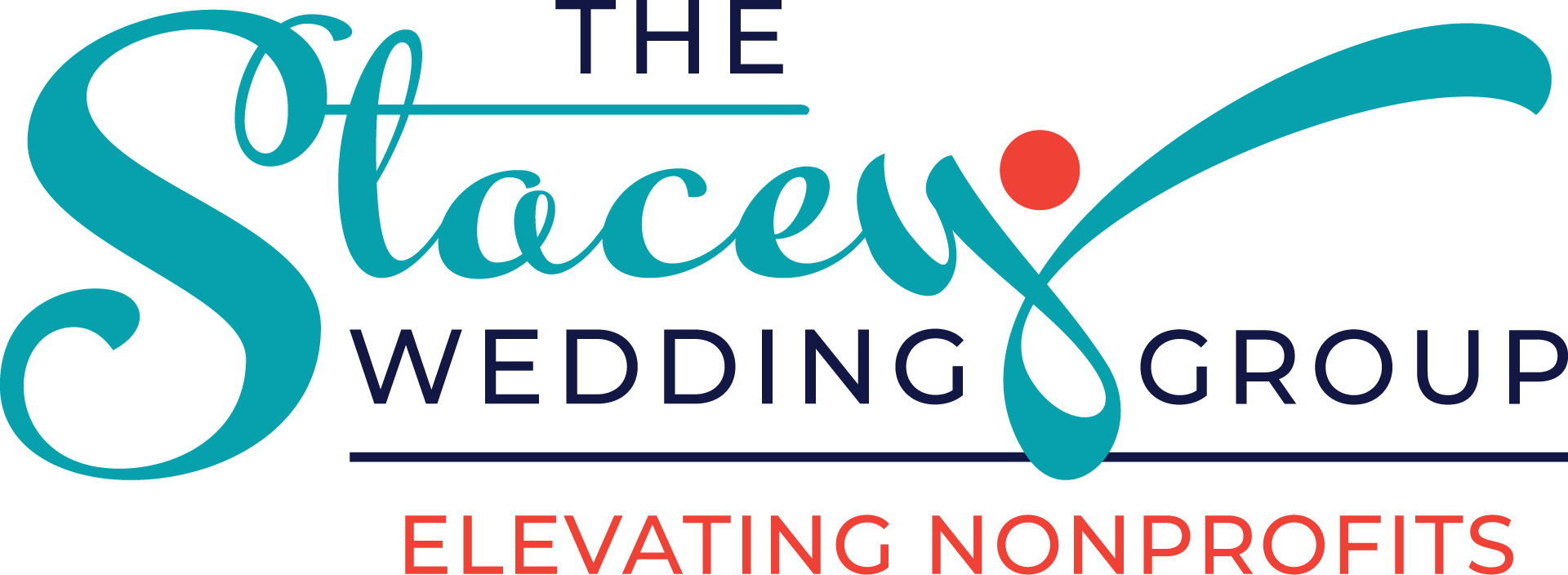It happens to the best of us, you’re struck with the match-making musts. You know two people who would be great together, they’re both available, and a simple introduction would be so easy. Here at Professionals in Philanthropy, we’ve come down with the bug. We know an up-and-coming generation of people who are passionate about service, and we know future-oriented Boards who want to cater to and prepare for the future. Match made in heaven, right? We’re talking about millennials and the nonprofit boards that desperately need their unique expertise. It only makes sense, and we have a few tips for both parties to make the search a little easier.
These tips have been adapted from an article written by Kyle Gracey (a millennial who’s already in this ideal relationship).
If you’re a millennial…
1) Start by seeing what’s in front of you!
Like the first time you notice the potential that exists with your best friend. If you’re part of an organization/club/society/group and you love it, then look to see what opportunities exist there. Look at their website and newsletter to see if board nomination information is available. If you feel like you’re right for the job, then step forward and nominate yourself! Changing your relationship doesn’t have to be a bad thing.
2) Don’t forget that long-distance is hard.
We’ve all heard that before, haven’t we? It definitely isn’t the ideal, and neither is serving on a Board too far away for you to actively participate. Look in your local area for an organization who has a mission you can fully support (both with your money and time). This can be a church, a shelter, a youth program, a geology program, or whatever lights your fire. Go find an organization you love, ask them about the board application process, and be willing to volunteer and become familiar with the group before taking a position.
3) Get advice from your buddies.
This may be one time where their advice about a relationship is desired. They could be starting an organization, work with one, or know someone who is/does. These can all be good leads. Plus, people who are millennials can generally understand why they’re an important asset.
4) Plenty of relationships start online these days.
Even board relationships. There are websites that help to connect you to a Board who’s looking for a special someone to fill a seat. Gracey suggests Board Member Connect and boardnetUSA. It’s alright to put your technology savvy skills to use here.
5) Use LinkedIn to get linked in.
There is a Volunteer Experience & Causes section that can be added to your LinkedIn profile. In the summary, explain your interest in serving on the Board of an organization. Gracey himself was recruited to a Board through his LinkedIn profile. It’s nice to use what you already have.
If you represent a Board…
1) When you want to find sand, you go to the beach.
You have to go where they are. If you read the first half of this article, that should mean LinkedIn, Board Member Connect, boardnetUSA, and asking millennials (who may be on your staff) for recommendations.
2) Be millennial friendly.
Millennials are raised in an era with incredible technologies and capabilities. Accomodate that technological expectation. Allow them to download meeting agendas, take notes on tablets, and even video conference (as opposed to conference call). The most talented millennials will know how to capitalize on the technology they have, and the upgrade will be a good step for the Board.
3) If they’re at the “big kids” table, then treat them like adults.
You shouldn’t recruit millennials because you want to be able to tell your friends how “progressive” your Board is. Millennials should be recruited because they have a desire to do good, skills that can fill in gaps that exist in the Board, and a unique perspective that adds to the roundedness of the group. Don’t recruit them to become a statistic on a diversity chart.
4) Use the buddy system.
It can still be strange for a millennial to serve on a mature Board, particularly if mature means every other person is old enough to be their parent. Leave space for at least two millennials to join. Having a relatable voice will make the millennial more comfortable and you’ll have the opportunity to capitalize on the range of experiences and talents that different people can offer. Some organizations reserve two seats for millennials/students in their bylaws (e.g. Student Pugwash USA).
5) Don’t be afraid to remove the training wheels.
Millennials can have a wide range of expertise. Some have started their own companies, some have started their own nonprofits, and some just have the right combination of skills that are missing from a Board. Combine that with youthful enthusiasm and you’ve got leadership in the making. If the fit is right, then don’t hesitate to make them chairs, or project leads.
AND AS A PiP EXTRA…
If you’re either of these…
Recognize that this is a two-way, mutual relationship!
Both parties should be assessing the other to determine if this is the right fit. When you want to know if something fits, you try it on. Prospective members can volunteer with an organization or serve on a committee and determine if it truly is the perfect match. Remember that according to BoardSource, you should be willing to commit a minimum of 9 hours a month to the organization (on top of giving fiscally). You should be sure you like the organization or the potential member enough to deal with each other for that long.
Here at PiP we have confidence in the future of this pair! Boards will continue leading us into the future, and millennials are the leaders of that very same future. Good luck in all of your service together, and as always, let us know if we can help!
